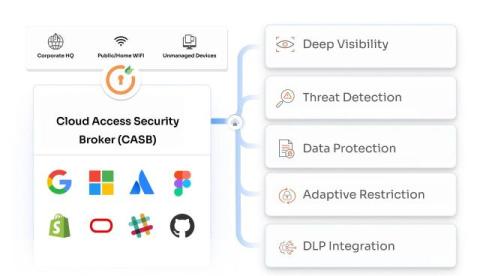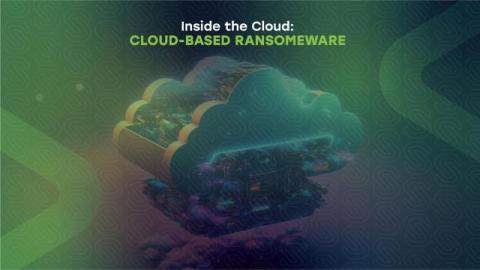What is CASB in Cyber Security?
Businesses increasingly use cloud services like Google Workspace, Amazon Web Services (AWS), Hubspot, and Dropbox to improve work productivity and drive innovation. However, this accelerated shift to cloud platforms has exposed businesses to new security challenges, such as unauthorized data breaches and compliance violations. A Cloud Access Security Broker (CASB) is a powerful tool against these issues, delivering unmatched visibility and control over data to protect enterprises against these threats.











